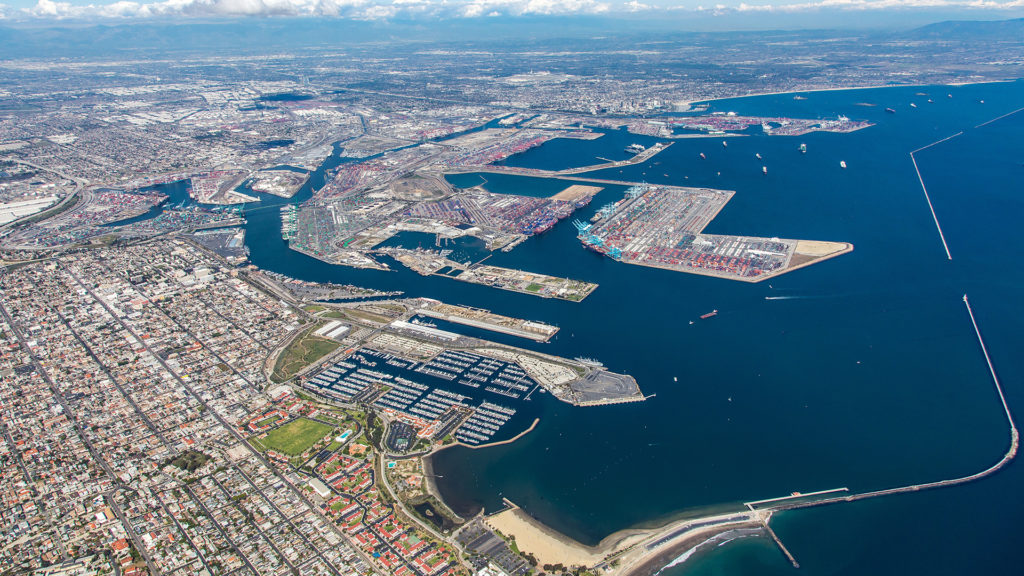
The backlog of ships waiting to unload goods at the Port of Los Angeles has fallen 80 percent over the start of 2022 as supply chain issues appear to be easing at the largest U.S. container port.
Supply chain delays have been a driving force to inflation as goods from Asia and other regions have been regularly delayed since COVID-19 triggered slowdowns and staff shortages that are only now starting to recover. The results have been a slow but steady decline in consumer pricing that is starting to be felt in some areas.
The Port of Los Angeles moved more than 850,000 units in June, breaking a monthly record that had stood for more than 100 years. Since the start of June, the average number of ships waiting to dock has fallen from 109 to 20.
“The cargo keeps moving, and the efficiencies of getting that cargo from the ship to shore by rail and truck continues to improve,” Port of Los Angeles Executive Director Gene Seroka told CNBC. “Now we want to get that number to zero.”
With port issues seemingly resolved, the next link in the supply chain to be addressed is inland shipping. Rail and truck transport levels remain slowed by worker shortages and a trucker strike.
According to a July survey from the National Association for Business Economics, a majority of manufacturing outlets continue to report material shortages, and most are passing on those costs to customers. Lumber and steel prices are easing, but microchips, wallboard, glass and concrete remain high.
Leave a Reply